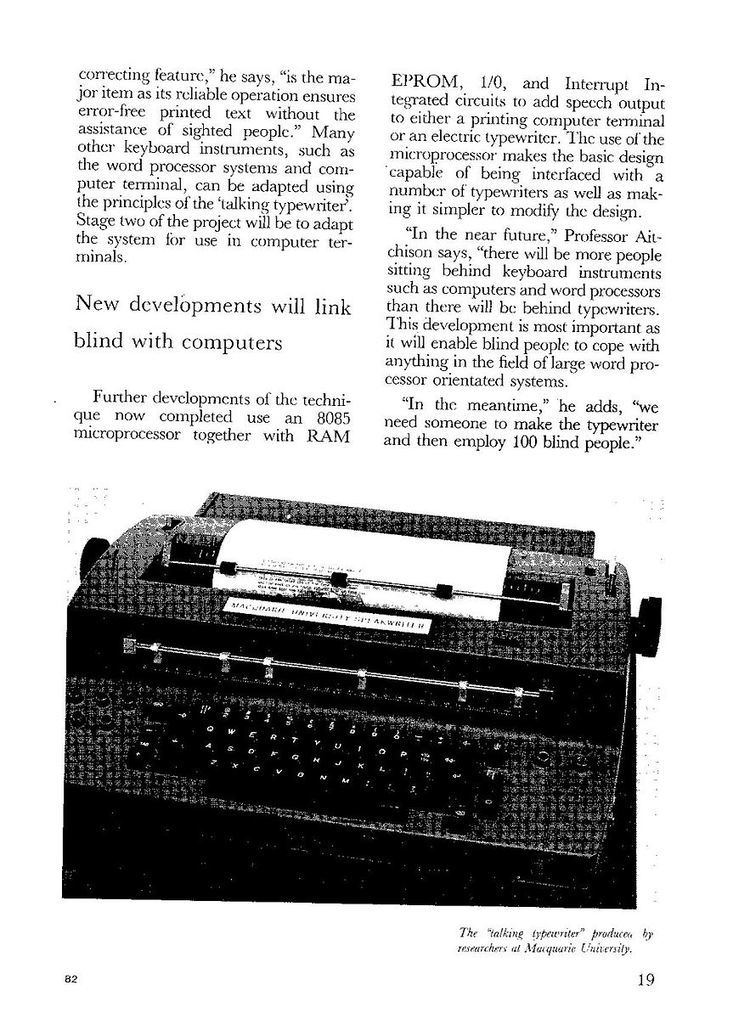Residence Australia Died 1996, Sydney, Australia | Role Engineer Notable awards Fulbright Program Nationality Australian Name Ronald Aitchison | |
 | ||
Born 29 December 1921Hurstville, NSW, Australia ( 1921-12-29 ) Fields Physics and Electronic Engineering | ||
Academic advisor Victor Albert Bailey | ||
Ronald Ernest Aitchison (1921–1996), was born in Hurstville, NSW, Australia on 29 December 1921. From 1942 to 1945 Ron worked as an engineer with the Amalgamated Wireless Valve Company on the design and production of klystrons and radar magnetrons, which were new devices important to the war effort. He was also involved in work on semiconductor diodes, which were the forerunners of the revolution in electronics brought about by the advent of solid-state semiconductor components. In 1945 he joined the National Acoustic Laboratories where he worked on the design and construction of hearing aids for children.
Contents
- Macquarie University
- Achievements
- Later years
- Physics genealogy
- Files on talking typewriters late 1970s
- Publications
- References
Aitchison was appointed as senior lecturer in Communications Engineering at the University of Sydney, which was the start of his 25-year teaching experience at that institution, culminating in his appointment as associate professor. His interest in solid-state physics took him to Bristol University, UK, for a year, and he also spent a year at Stanford University, California, on a Fulbright scholarship, working at the forefront of electronics research. In 1970, he accepted an offer from Macquarie University to become the founding professor of electronics and took up the post in 1971. During his fifteen years at Macquarie, Aitchison was well known for his dedication to his students and his insistence on keeping up to date with the latest laboratory techniques, experiments and equipment for his students. This was necessary to ensure that the university was keeping in pace with the rapid changes in the electronics industry at the time.
Macquarie University
At Macquarie, he taught electronics, with an emphasis on semiconductor physics, to advanced undergraduates and graduate students. He also led several successful projects of a highly practical nature including pioneering work on the reception of satellite weather pictures that were shown every evening in Sydney's TV newscasts.
Aitchison became a good friend of famed physicist John Clive Ward and he was an active supporter, and participant, of the successful Macquarie science reform movement. It was Aitchison, then Head of the School of Mathematics & Physics and member of Macquarie's Academic Senate, who conveyed the news to his science colleagues, that the Senate had approved the reforms advocated by the scientists.
Achievements
Later years
He retired 4 July 1986. In the words of Professor Frederick Chong, (Foundation Professor of Mathematics, Macquarie University, 1966–1980): "No problem was too peculiar for him. We knew that he could call on the most sophisticated of electronic devices, but he might also improvise with matchsticks, chewing gum and string! I can say that Ron Aitchison was one of the most energetic, most knowledgeable, most practical, most intelligent and most interesting persons I have ever known, and even more importantly, he was a real friend with a heart of gold and a purity of spirit unsullied by self-seeking motives."
Physics genealogy
Files on talking typewriters (late 1970s)
University Research Bulletin (1982) written by The Australian Vice-Chancellor's Committee, outlines initial research on talking typewriters at Macquarie University, detailing the role of the head of the Talking Typewriter Research team: Professor Ron Aitchison,(Professor of Electronics)
Publications
Aitchison's most cited paper, according to the ISI database, is his 1954 paper on transparent semiconducting films – which is still cited to this day. Also his 1964 paper in Am. J. Phys. is notable as it is still cited today and was the first calculation of the resistance between two points on an infinite 2D mesh.
